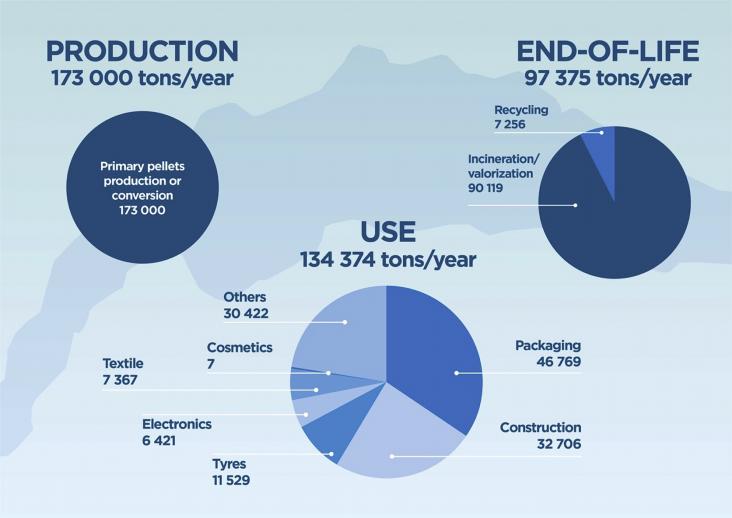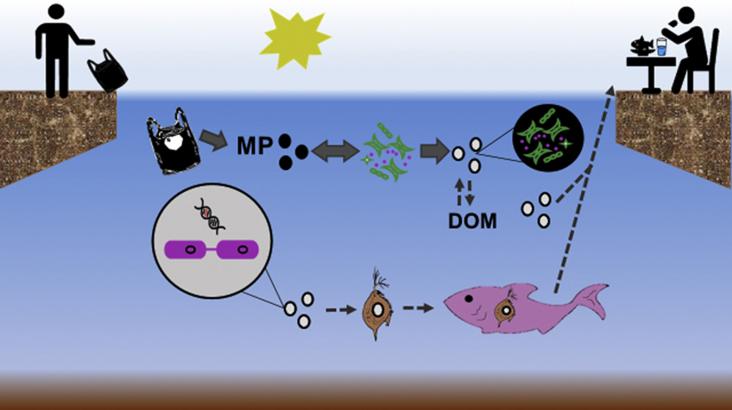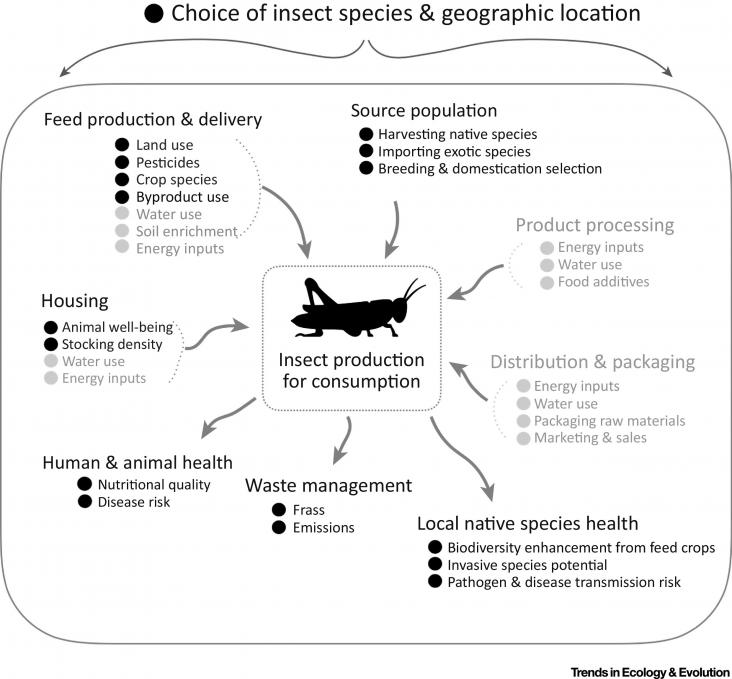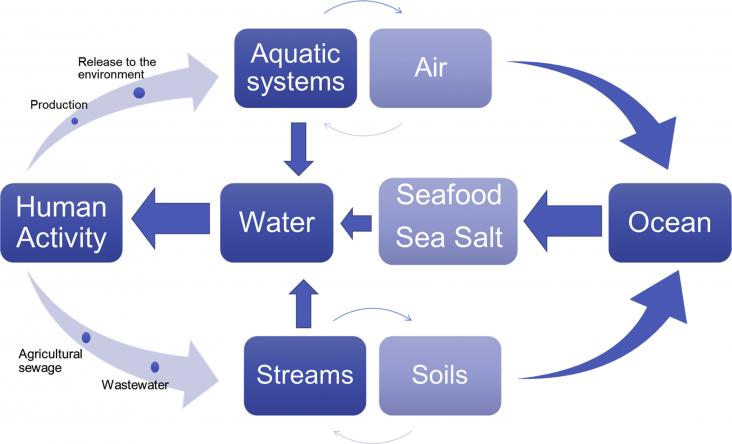Lithium ion batteries (LIB) continue to gain market share in response to the increasing demand for electric vehicles, consumer electronics, and energy storage.
An Introduction to Green Nanotechnology - Chapter 3: Biological Sources Used in Green Nanotechnology
Interface Science and Technology, Volume 28, 2019, Pages 81-111
This book chapter addresses goals 9, 12 and 15 by looking at how green nanotechnology can facilitate sustainable methods leading to reduced environmental impacts, improved conservation, and the protection of resources and human health.
This book chapter addresses goals 12, 7, 11 and 15 by looking at the environmental and economic impact of the utilization of biomass resources.

High amounts of macro and microplastic have been reported in rivers, lakes and seas. However, links between the observed pollution and their sources remain unclear.

Microplastics (MP) provide a unique and extensive surface for microbial colonization in aquatic ecosystems.
The built environment is responsible for large negative ecological impacts due in part to the vast amount of materials used in construction.
Plastics are a frequently observed component of marine debris and there is growing concern about microplastic (MP) ecotoxicity, and the impacts of additives, sorbed hazardous organic contaminants,

It has been estimated that European customers visit community pharmacies to access essential primary healthcare around 46 million times every day.

The emerging insects-as-food industry is increasingly promoted as a sustainable alternative to other animal protein production systems.

